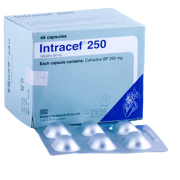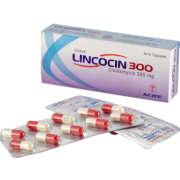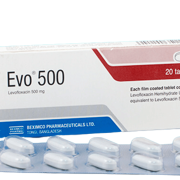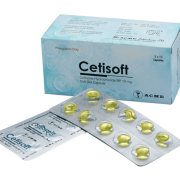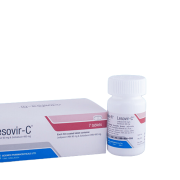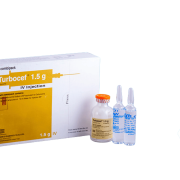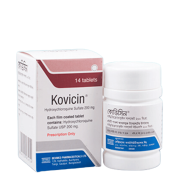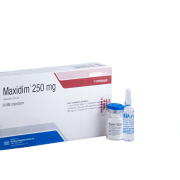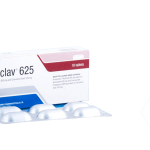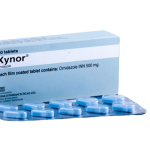Vercef
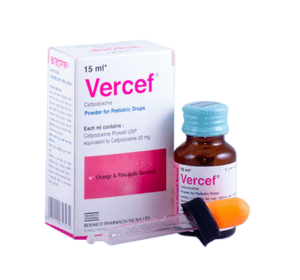
Generic Name: Cefpodoxime
Dosage Form: Suspension, Drops, DS Suspension
TG Name: Anti-infectives
1. What Vercef® is and what it is used for?
Vercef® (Cefpodoxime) is an oral, third-generation cephalosporin antibiotic. It works by interfering with the formation of the bacteria’s cell wall so that the wall ruptures, resulting in the death of the bacteria. Vercef® is used to treat mild to moderate infections caused by certain bacteria.
2. Before you take Vercef®
Tell your health care provider if you have any medical conditions, especially if any of the following apply to you:
- if you are pregnant, planning to become pregnant, or are breast-feeding
- if you are taking any prescription or nonprescription medicine, herbal preparation, or dietary supplement
- if you have allergies to medicines, foods, or other substances
- if you have diarrhea, a stomach or intestinal infection, or a blood clotting problem
- if you have had a severe allergic reaction (e.g. severe rash, hives, difficulty breathing, dizziness) to a penicillin antibiotic (e.g. amoxicillin) or other beta-lactam antibiotic (e.g. imipenem)
Some MEDICINES MAY INTERACT with Vercef® (cefpodoxime). Tell your health care provider if you are taking any other medicines, especially any of the following:
- Aminoglycosides (e.g. gentamicin), cyclosporine, or diuretics (e.g. furosemide, hydrochlorothiazide) because the risk of side effects on the kidney may be increased
This may not be a complete list of all interactions that may occur. Ask your health care provider if Vercef® (cefpodoxime) may interact with other medicines that you take. Check with your health care provider before you start, stop, or change the dose of any medicine.
3. How to take Vercef®
Use Vercef® (cefpodoxime) as directed by your doctor. Check the label on the medicine for exact dosing instructions.
- Take Vercef® (cefpodoxime) by mouth with food.
- Vercef® works best if it is taken at the same time each day.
- To clear up your infection completely, take Vercef® for the full course of treatment. Keep taking it even if you feel better in a few days.
- Vercef® should not be given within 2 hours of antacids or H2 antagonists (e.g. famotidine).
- If you miss a dose of Vercef®, take it as soon as possible. If it is almost time for your next dose, skip the missed dose, and go back to your regular dosing schedule. Do not take 2 doses at once.
Ask your health care provider any questions you may have about how to use Vercef®.
4. Possible side effects
All medicines may cause side effects, but many people have no, or minor, side effects. Check with your doctor if any of these most COMMON side effects persist or become bothersome:
Diarrhea; headache; loose stools; nausea; upset stomach; vomiting.
Seek medical attention right away if any of these SEVERE side effects occur:
Severe allergic reactions (rash; hives; itching; difficulty breathing; tightness in the chest; swelling of the mouth, face, lips, or tongue); bloody stools; seizures; severe diarrhea; skin rash; stomach pain/cramps; vaginal irritation or discharge.
This is not a complete list of all side effects that may occur. If you have questions about side effects, contact your health care provider. Call your doctor for medical advice about side effects. To report side effects to the appropriate agency, please read the Guide to Reporting Problems to FDA.
5. How to store Vercef®?
Keep this medication in the container it came in, tightly closed, and out of reach of children. Throw away any medication that is outdated or no longer needed. Keep liquid medicine in the refrigerator, tightly closed, and throw away any unused medication after 14 days. Do not freeze. Talk to your pharmacist about the proper disposal of your medication.


